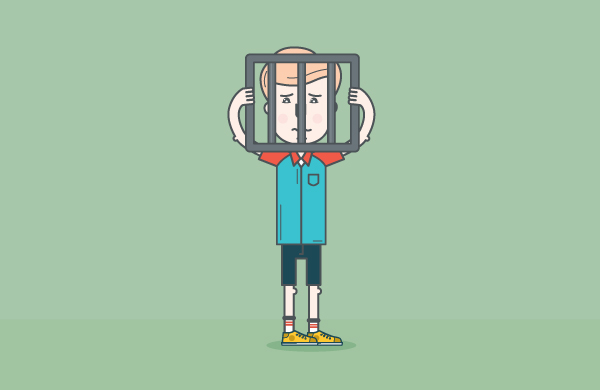What is a common procedure of a plagiarism case in the academic world? Plagiarism is a violation of the Academic Honor Code (The Honor Code is a set of rules established for the academic community, it differs in various universities).
How do higher academic schools treat plagiarists?
Everything starts with suspicion. A teacher, teaching assistant or professor discovers similarities and receives even more details about matching sources thanks to the plagiarism checker report, and this is the beginning. After similarities are detected, the evidence is passed to an academic integrity committee.
The Academic Integrity Committee governs advisory, educational, promotional, coordination, and other functions, including students’ plagiarism. Depending on the university, the committee goes by various names. For example, at the University of Cambridge, the Academic Integrity Committee is called the Chair of Examiners.
If a plagiarism case is considered to be minor, it’s reviewed by the department. If the violation is serious, the Proctor is involved in the process. Then an investigative meeting takes place where both sides are present. However, the procedure usually ends before the Investigative meeting.
Punishment can be light or harsh – it depends on the institution where you study and it’s respective Honor Code which is shared alike by faculty and students.
You can expect:
- destroyed reputation as a student
- formal warning
- public shaming
- rejection of assignment
- no mark for a work
- no opportunity to resubmit
- reduced qualification
- failed course
- loss of degree
- expulsion
There are different forms of plagiarism. To better understand the issues involved, please check out these hypothetical academic fraud cases and typical punishment for them:
Part of a student’s paper was plagiarized and the original source was found. Although the student was not eager to admit guilt, the Judicial Panel still proved that the student was in violation. The student was suspended for one quarter and got 40 hours of community service.
A student handed in a copy of an existing paper, passing it off as his own. It was easy for a teaching assistant to reveal cheating because he dealt with both papers. In this case, although the student didn’t argue and confessed that it was plagiarism, he got identical punishment – 40 hours of community service and suspension for one quarter.
Students were prohibited from using works already submitted by predecessors. One student handed his essay in direct violation of this rule. The teacher, looking through the essays, uncovered this case of academic dishonesty. The violator’s essay didn’t relate to issues discussed in class and plagiarism check sites proved that it was copied. When the Judicial Panel found the student to be guilty, he didn’t deny it. The punishment was the same: one-quarter suspension for one quarter and 40 hours of community service.
An essay submitted by one student had similarities with a source already published. A teaching assistant, when correcting the essay composition, found plagiarism. The student pretended to misunderstand the task and cited incorrectly, but it didn’t work – he was still sentenced to suspension for one academic quarter, as well as to 40 hours of community service.
A teacher noticed that a student’s paper was not covering the topic, and list of references included literature, which was off topic and the list of references included literature that wasn’t assigned. The writing style seemed to be odd. The teacher used an online plagiarism checker for students and learned that the work was stolen. The student’s degree was delayed for two quarters and he had to perform 40 hours of community service.
The best way to make sure you don’t plagiarize is do the following:
- Keep a record of all sources you are using.
- Ensure that each in-text citation matches up with bibliography.
- Even if you use your own words, acknowledge the author of the idea.
Check out the most striking plagiarism scandals 2015 linked to journalism, literature, furniture and music industry. If you didn’t use plagiarism checkers before, it’s high time to test one and check your paper for plagiarism!




